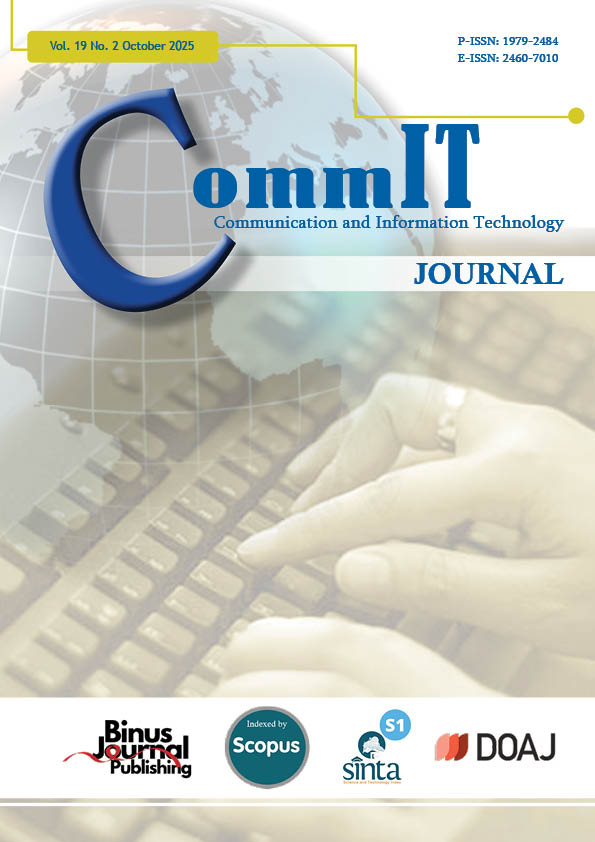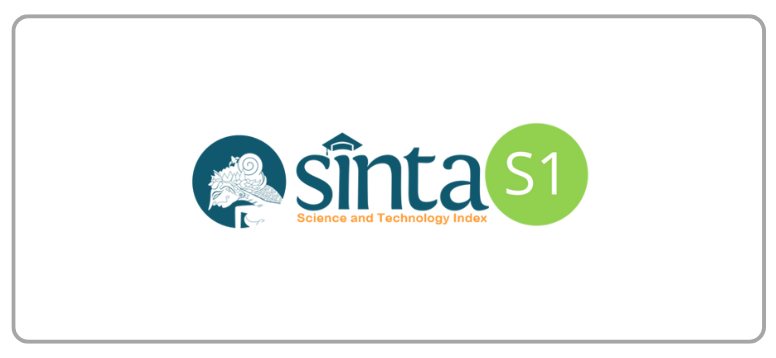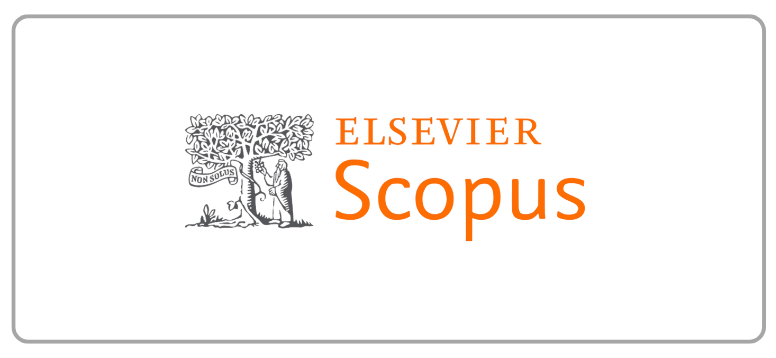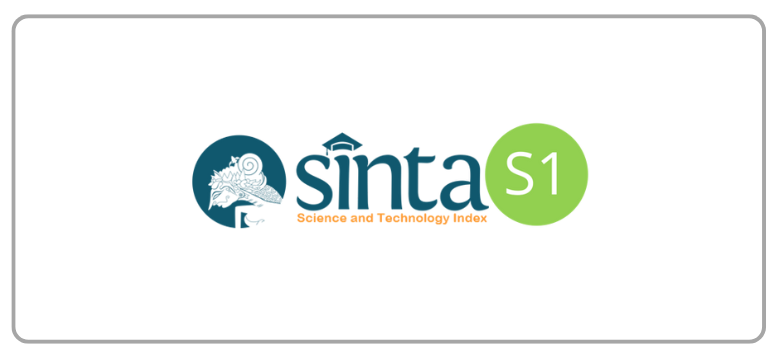Performance Evaluation of mmWave and Sub-TeraHertz Communication Propagation Path Loss Model Simulation Using NYUSIM
DOI:
https://doi.org/10.21512/commit.v19i2.13026Keywords:
mmWave, Sub-TeraHertz, Propagation Loss Model, New York University Channel Model Simulator (NYUSIM), Industrial ComplexAbstract
Wireless bandwidth becomes increasingly limited, prompting studies to explore frequency bands higher than 100 GHz to enable multi-gigabit communication services and low-latency applications. In this context, Sub-TeraHertz communication offers vast unused spectral resources, enabling unprecedented data rates that can power advanced applications such as ultra-highdefinition video streaming, holographic communication, and massive machine-type communications. Therefore, the research aims to review the performance of millimeter wave (mmWave) and Sub-TeraHertz signal propagation in a dense environment such as an industrial complex, addressing major challenges including high propagation losses, atmospheric absorption, and signal blockage. By using NS-3 to simulate different scenarios, both inside and outside the factory, the analysis aims to characterize the channel performance and provide insight into the potential of Sub-TeraHertz communication for industrial environments. Through comprehensive simulation using the Urban Micro (UMi) scenario, the analysis models the propagation loss from a dense environment with maximum blockages. In addition to the received signal as a function of transmitter–receiver distance, the results show that the number of blockages between the transmitter and receiver, the mobility of the receiver, the frequency band, and the spectrum bandwidth substantially affect the propagation loss of signal transmission in mmWave and Sub-Terahertz Bands. These findings highlight the importance of considering indoor–outdoor disparities, blockage effects, and environment-specific network design when deploying high-frequency communication systems. The research also provides a foundation for future research to explore mitigation techniques to enhance reliability and coverage in complex industrial deployments.
References
[1] Y. Niu, Y. Li, D. Jin, L. Su, and A. V. Vasilakos, “A survey of millimeter wave communications (mmWave) for 5G: Opportunities and challenges,” Wireless networks, vol. 21, no. 8, pp. 2657–2676, 2015.
[2] H. Poddar, T. Yoshimura, M. Pagin, T. S. Rappaport, A. Ishii, and M. Zorzi, “Full-stack endto-end mmWave simulations using 3GPP and NYUSIM channel model in NS-3,” in ICC 2023-IEEE International Conference on Communications. Rome, Italy: IEEE, May 28–June 1, 2023, pp. 1048–1053.
[3] V. Petrov, T. Kurner, and I. Hosako, “IEEE 802.15. 3d: First standardization efforts for subterahertz band communications toward 6G,” IEEE Communications Magazine, vol. 58, no. 11, pp. 28–33, 2020.
[4] H. Mi, B. Ai, R. He, T. Wu, X. Zhou, Z. Zhong, H. Zhang, and R. Chen, “Multi-scenario millimeter wave channel measurements and characteristic analysis in smart warehouse at 28 GHz,” Electronics, vol. 12, no. 15, pp. 1–14, 2023.
[5] A. A. A. Boulogeorgos, A. Alexiou, T. Merkle, C. Schubert, R. Elschner, A. Katsiotis et al., “Terahertz technologies to deliver optical network quality of experience in wireless systems beyond 5G,” IEEE Communications Magazine, vol. 56, no. 6, pp. 144–151, 2018.
[6] S. Ju and T. S. Rappaport, “142 GHz multipath propagation measurements and path loss channel modeling in factory buildings,” in ICC 2023-IEEE International Conference on Communications. Rome, Italy: IEEE, May 28–June 1, 2023, pp. 5048–5053.
[7] F. Zhang, M. F. Bengtson, P. Ky¨osti, J. Kyr¨ol¨ainen, and W. Fan, “Dynamic sub-THZ radio channel emulation: Principle, challenges, and experimental validation,” IEEE Wireless Communications, vol. 31, no. 1, pp. 10–16, 2024.
[8] B. K. J. Al-Shammari, I. Hburi, H. R. Idan, and H. F. Khazaal, “An overview of mmWave communications for 5G,” in 2021 International Conference on Communication & Information Technology (ICICT). Basrah, Iraq: IEEE, June 5–6, 2021, pp. 133–139.
[9] M. Polese, X. Cantos-Roman, A. Singh, M. J. Marcus, T. J. Maccarone, T. Melodia, and J. M. Jornet, “Coexistence and spectrum sharing above 100 GHz,” Proceedings of the IEEE, vol. 111, no. 8, pp. 928–954, 2023.
[10] M. Jacob, S. Priebe, R. Dickhoff, T. Kleine-Ostmann, T. Schrader, and T. Kurner, “Diffraction in mm and sub-mm wave indoor propagation channels,” IEEE Transactions on Microwave Theory and Techniques, vol. 60, no. 3, pp. 833–844, 2012.
[11] O. Kanhere, H. Poddar, Y. Xing, D. Shakya, S. Ju, and T. S. Rappaport, “A power efficiency metric for comparing energy consumption in future wireless networks in the millimeter-wave and terahertz bands,” IEEE Wireless Communications, vol. 29, no. 6, pp. 56–63, 2022.
[12] H. Abdellatif, V. Ariyarathna, A. Madanayake, and J. M. Jornet, “A real-time software-defined radio platform for sub-terahertz communication systems,” IEEE Access, vol. 12, pp. 146 315–146 327, 2024.
[13] P. Li, J. Wang, L. Zhao, X. Gao, F. Song, H. Sun, and J. Ma, “Scattering and eavesdropping in terahertz wireless link by wavy surfaces,” IEEE Transactions on Antennas and Propagation, vol. 71, no. 4, pp. 3590–3597, 2023.
[14] M. K. Samimi and T. S. Rappaport, “3-D millimeter-wave statistical channel model for 5G wireless system design,” IEEE Transactions on Microwave Theory and Techniques, vol. 64, no. 7, pp. 2207–2225, 2016.
[15] M. Mezzavilla, S. Dutta, M. Zhang, M. R. Akdeniz, and S. Rangan, “5G mmWave module for the NS-3 network simulator,” in Proceedings of the 18th ACM International Conference on Modeling, Analysis and Simulation of Wireless and Mobile Systems, Cancun, Mexico, Nov. 2 - 6, 2015, pp. 283–290.
[16] nsnam, “Documentation.” [Online]. Available: https://www.nsnam.org/documentation/
[17] N. Baldo, “The NS-3 LTE module by the LENA project.” [Online]. Available: https://www.nsnam. org/tutorials/consortium13/lte-tutorial.pdf
[18] NS-3 App Store, “ndnSIM: Named-Data Networking (NDN) Simulator.” [Online]. Available: https://apps.nsnam.org/app/ndnsim/
[19] S. Sun, G. R. MacCartney, and T. S. Rappaport, “A novel millimeter-wave channel simulator and applications for 5G wireless communications,” in 2017 IEEE international conference on communications (ICC). Paris, France: IEEE, May 21–25, 2017, pp. 1–7.
[20] E. Dervisevic, M. Voznak, and M. Mehic, “Largescale quantum key distribution network simulator,” Journal of Optical Communications and Networking, vol. 16, no. 4, pp. 449–462, 2024.
[21] nsnam, “Related project.” [Online]. Available:https://www.nsnam.org/wiki/Related Projects
[22] H. Poddar, T. Yoshimura, M. Pagin, T. Rappaport, A. Ishii, and M. Zorzi, “NS-3 implementation of sub-terahertz and millimeter wave drop-based NYU channel model (NYUSIM),” in Proceedings of the 2023 Workshop on NS-3. Arlington VA, USA: Association for Computing Machinery, June 28–29, 2023, pp. 19–27.
[23] H. Poddar, “NYUSIM wireless channel simulator extension above 100 GHz and implementation in NS-3,” Master’s thesis, New York University Tandon School of Engineering, 2023.
[24] ETSI, “5G; Study on channel model for frequencies from 0.5 to 100 GHz (3GPP TR 38.901 version 14.3.0 Release 14),” 2018. [Online]. Available: https://www.etsi.org/deliver/etsi tr/138900 138999/138901/14.03.00 60/tr 138901v140300p.pdf
[25] T. S. Rappaport, Y. Xing, O. Kanhere, S. Ju, A. Madanayake, S. Mandal, A. Alkhateeb, and G. C. Trichopoulos, “Wireless communications and applications above 100 GHz: Opportunities and challenges for 6G and beyond,” IEEE Access, vol. 7, pp. 78 729–78 757, 2019.
[26] M. K. Samimi, T. S. Rappaport, and G. R. Mac-Cartney, “Probabilistic omnidirectional path loss models for millimeter-wave outdoor communications,” IEEE Wireless Communications Letters, vol. 4, no. 4, pp. 357–360, 2015.
[27] H. Poddar, S. Ju, D. Shakya, and T. S. Rappaport, “A tutorial on NYUSIM: Sub-terahertz and millimeter-wave channel simulator for 5G, 6G, and beyond,” IEEE Communications Surveys & Tutorials, vol. 26, no. 2, pp. 824–857, 2023.
[28] M. Gonz´alez-Palacio, D. Tob´on-Vallejo, L. M. Sep´ulveda-Cano, S. R´ua, and L. B. Le, “Machine-learning-based combined path loss and shadowing model in LoRaWAN for energy efficiency enhancement,” IEEE Internet of Things Journal, vol. 10, no. 12, pp. 10 725–10 739, 2023.
[29] S. Sun, T. S. Rappaport, M. Shafi, P. Tang, J. Zhang, and P. J. Smith, “Propagation models and performance evaluation for 5G millimeterwave bands,” IEEE Transactions on Vehicular Technology, vol. 67, no. 9, pp. 8422–8439, 2018.
[30] Y. Yoon and H. J. Park, “Excess loss by urban building shadowing and empirical slant path model,” IEEE Antennas and Wireless Propagation Letters, vol. 21, no. 2, pp. 237–241, 2021.
[31] M. Olyaee, H. Hashemi, and J. M. Romero Jerez, “Performance analysis under the Independent Fluctuating Two-Ray (IFTR) fading in RISassisted millimeter wave communications,” in 2024 32nd International Conference on Electrical Engineering (ICEE). Tehran, Islamic Republic of Iran: IEEE, May 14–16, 2024, pp. 1–5.
[32] O. J. G. Al-Qadi, B. A. Tazifua, and E. S. Semenov, “Analysis of discrete message transmission in orthogonal frequency division multiplexing systems,” NBI technologies, vol. 16, no. 4, pp. 5–9, 2022.
[33] A. E. C. Redondi, C. Innamorati, S. Gallucci, S. Fiocchi, and F. Matera, “A survey on future millimeter-wave communication applications,” IEEE Access, vol. 12, pp. 133 165–133 182, 2024.
[34] I. Picallo, P. L. Iturri, M. Celaya-Echarri, L. Azpilicueta, and F. Falcone, “Deterministic wireless channel characterization towards the integration of communication capabilities to enable context aware industrial Internet of Thing environments,” Mobile Networks and Applications, vol. 28, no. 1, pp. 4–18, 2023.
[35] G. R. MacCartney, T. S. Rappaport, and S. Rangan, “Rapid fading due to human blockage in pedestrian crowds at 5G millimeter-wave frequencies,” in GLOBECOM 2017-2017 IEEE Global Communications Conference. Singapore: IEEE, Dec. 4–8, 2017, pp. 1–7.
Downloads
Published
How to Cite
Issue
Section
License
Copyright (c) 2025 Iwan Donal Paska Manurung, Rahmad Hidayat Hadi Subroto, Indrajid Rastra Dewa Brata, Riri Fitri Sari

This work is licensed under a Creative Commons Attribution-ShareAlike 4.0 International License.
Authors who publish with this journal agree to the following terms:
a. Authors retain copyright and grant the journal right of first publication with the work simultaneously licensed under a Creative Commons Attribution License - Share Alike that allows others to share the work with an acknowledgment of the work's authorship and initial publication in this journal.
b. Authors are able to enter into separate, additional contractual arrangements for the non-exclusive distribution of the journal's published version of the work (e.g., post it to an institutional repository or publish it in a book), with an acknowledgment of its initial publication in this journal.
c. Authors are permitted and encouraged to post their work online (e.g., in institutional repositories or on their website) prior to and during the submission process, as it can lead to productive exchanges, as well as earlier and greater citation of published work.
Â
USER RIGHTS
All articles published Open Access will be immediately and permanently free for everyone to read and download. We are continuously working with our author communities to select the best choice of license options, currently being defined for this journal as follows: Creative Commons Attribution-Share Alike (CC BY-SA)




















